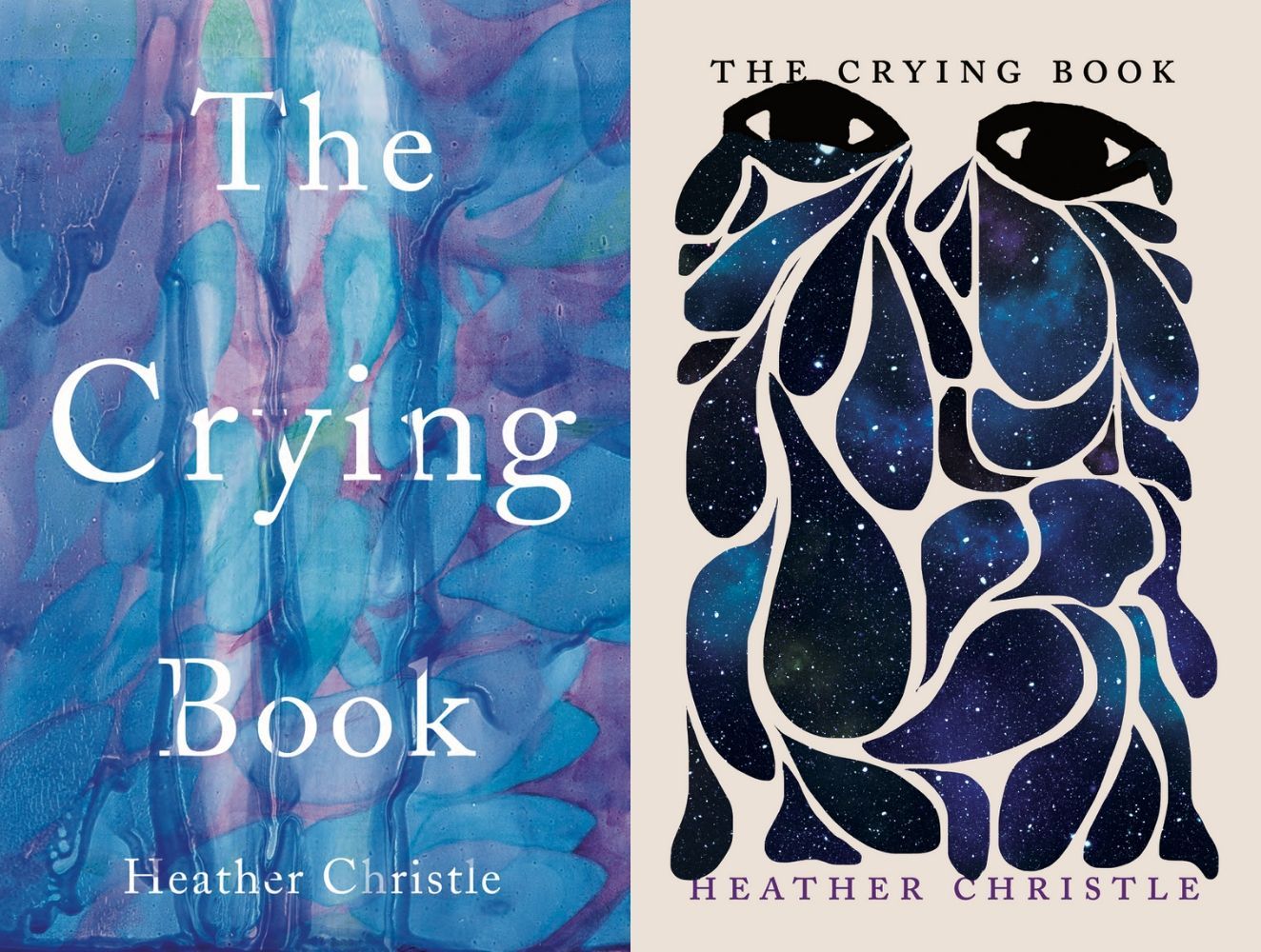Updated on: October 15, 2024 3:17 pm GMT
Captivating cover art is essential for drawing readers into a romantic novel. Did you know that about 80% of readers choose their next book based on the cover? This highlights the importance of visually appealing and thoughtful design. Whether you are a seasoned author or just starting, choosing the right cover art can significantly impact your book’s success. In this article, we will explore innovative cover art ideas that can help your romantic novel stand out in a crowded market, ensuring your book captures the essence of your story and entices potential readers.
Understanding Your Audience
Before diving into design ideas, it’s crucial to understand your audience. Romantic novels appeal to various demographics, each with unique preferences.
- Young Adults: Often enjoy contemporary themes, vibrant colors, and relatable characters.
- Mature Readers: May prefer classic designs, muted tones, and elements that hint at deeper themes.
- Genre Specific: Think about whether your novel aligns with subgenres like historical romance, paranormal romance, or romantic comedy, as each has its visual language.
Knowing your audience will help you select cover art that resonates with them and accurately represents your story.
Color Psychology in Cover Art
Color plays a vital role in cover design. Different colors evoke various emotions and perceptions:
- Red: Passion and love.
- Purple: Romance and mystery.
- Pink: Playfulness and tenderness.
- Blue: Calm and trust.
Utilize these colors to evoke the feelings you want readers to experience before they even flip the page.
Creating Conceptual Artwork
A strong, conceptual artwork can make your cover memorable. Here are some ideas:
- Minimalist Designs: Sometimes less is more. A simple design with meaningful symbols can be very effective.
- Illustrative Art: Custom illustrations can add a personal touch. Consider hiring an artist who understands your vision.
- Photography: High-quality photographs can capture real emotions and scenarios. Ensure they reflect the essence of your story.
Using Typography Effectively
The font you choose is as important as the imagery. It can set the tone of your novel and can even hint at the genre. Here are some tips:
- Serif Fonts: Often associated with tradition and are usually great for historical novels.
- Sans-Serif Fonts: These are modern and clean, suitable for contemporary stories.
- Script Fonts: Can convey elegance and are perfect for romantic themes but must be legible.
Ensure the title stands out and is easy to read, even at thumbnail size.
Incorporating Symbols and Themes
Subtle symbols can add layers of meaning to your cover. Here are some ideas:
- Floral Elements: These can represent love, beauty, and growth.
- Hearts: A classic symbol of love that is easily recognizable.
- Nature: Scenes involving nature can represent romance and tranquility.
Choose symbols that align closely with your story’s themes.
Focusing on Composition and Layout
The layout of your cover is crucial for conveying your message effectively. Here are some layout tips:
- Focal Point: Ensure there is a clear focal point that draws the reader’s eye.
- Balance: Maintain visual balance between images, text, and whitespace to avoid clutter.
- Hierarchy: The title should be the most prominent, followed by the author’s name, and then other elements.
Testing Your Cover Art
Before launching your novel, consider testing your cover art with target audiences. Here are some methods:
- Focus Groups: Gather a small group of readers and get their feedback.
- Social Media Polls: Use platforms like Instagram or Twitter to gauge interest in multiple design options.
- Book Cover Contests: Participate in contests to receive professional feedback.
These strategies ensure your cover not only looks good but resonates with potential readers.
Hiring a Professional Designer
While some authors may have design skills, hiring a professional can take your cover to the next level. Consider these factors when choosing a designer:
- Portfolio: Look for a designer who has experience in your genre.
- Communication: A designer who understands your vision and is open to feedback is essential.
- Budget: Determine your budget but remember that investing in quality design can pay off in increased sales.
Resources for DIY Cover Art
If you prefer to create your cover art, several resources can help you. Here are some popular tools:
- Canva: User-friendly and offers templates specifically for book covers.
- GIMP: A free alternative to Photoshop with advanced features.
- Adobe Spark: Ideal for creating visually appealing designs quickly.
Utilizing these tools can help you create a professional-looking cover even if you’re on a tight budget.
Final Thoughts on Cover Art Impact
Your book cover is often the first impression a reader will have of your story. It needs to be captivating and convey the essence of your romance. Remember to:
- Understand your audience.
- Use color psychology.
- Choose effective typography.
- Consider symbols and their meanings.
- Focus on composition.
- Test and iterate.
By following these steps, you can create a captivating cover that not only attracts readers but also effectively captures the heart of your story.
No matter if you work with a designer or decide to create your own cover art, putting in the effort will help grab readers’ attention and boost your sales. Make your romantic novel stand out by spending time and using your creativity to make a cover that tells your love story, even before anyone reads a single word.
